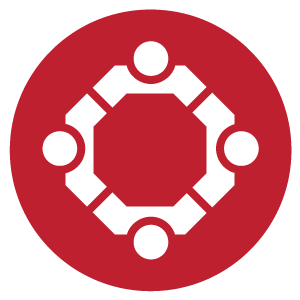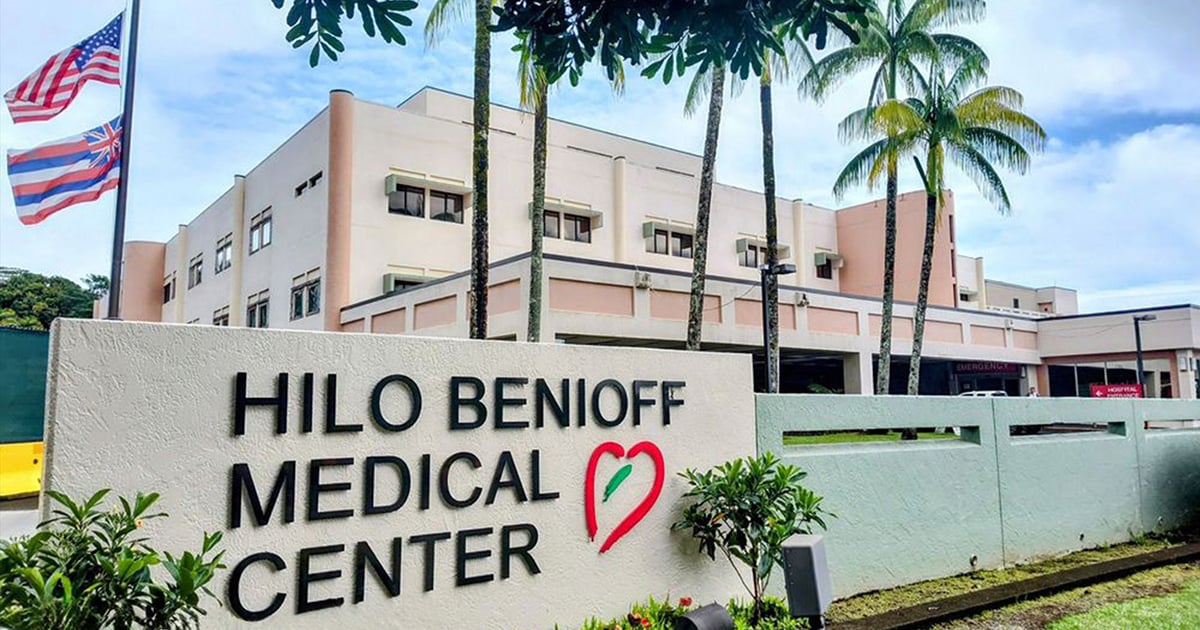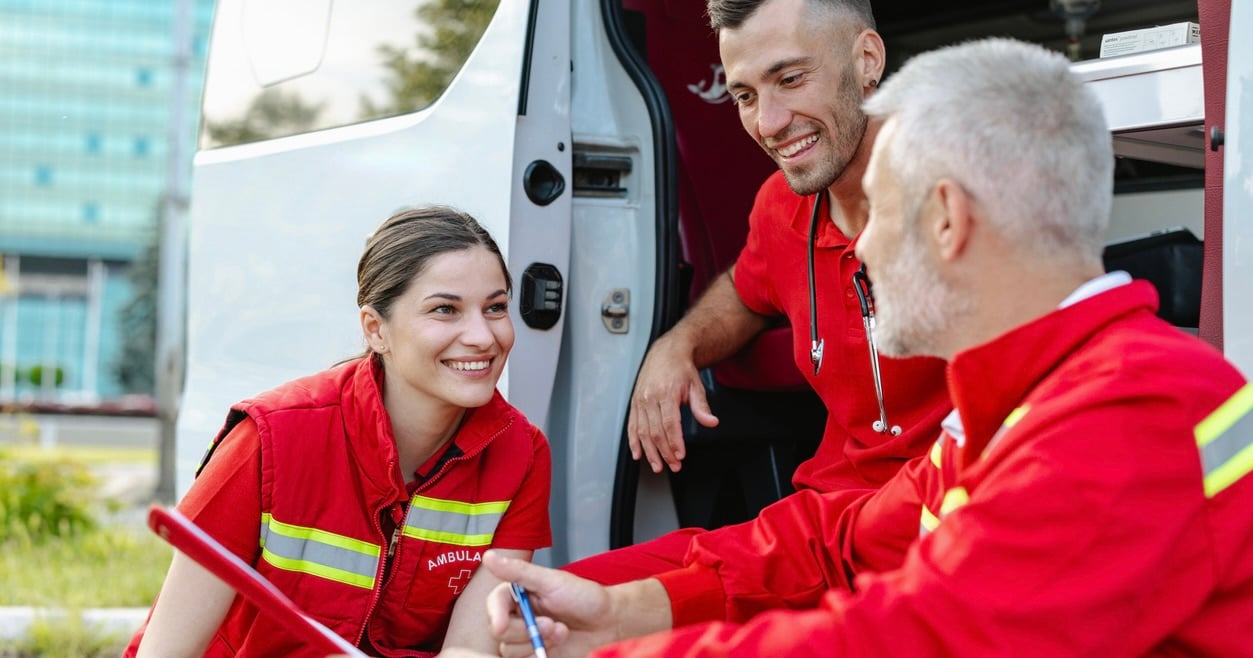Pulsara Around the World - 2025 Recap and January 2026
December Recap After an incredibly busy events year with 102 conferences, trade shows, and sponsorships, December was on the slower side for us, with...
1 min read
 Team Pulsara
:
May 14, 2025
Team Pulsara
:
May 14, 2025

After implementing Pulsara, the Island of Hawaii's Hilo Benioff Medical Center achieved a 24-minute reduction in average door-to-needle time for stroke patients.
Hilo Benioff Medical Center, the largest facility in the Hawaii Health System Corporation and the leading provider of inpatient and outpatient care on the Island of Hawai'i, is a Level III Trauma Center and Primary Stroke Center that faces unique challenges in delivering timely stroke care. With 166 total beds and one of the busiest ERs in the state, Hilo Benioff Medical Center (HBMC) serves patients spread across rural areas and multiple islands, requiring some to travel long distances, even over water, for critical treatment.
 With nearly 600 stroke cases per year, efficient door-to-needle times are a top priority for HBMC, which strives for an average of 60 minutes. Prior to implementing Pulsara, HBMC was already achieving an average door-to-needle time of 58 minutes, but Stroke Coordinator Caitee McAllister recognized the opportunity for further improvement.
With nearly 600 stroke cases per year, efficient door-to-needle times are a top priority for HBMC, which strives for an average of 60 minutes. Prior to implementing Pulsara, HBMC was already achieving an average door-to-needle time of 58 minutes, but Stroke Coordinator Caitee McAllister recognized the opportunity for further improvement.
HBMC implemented Pulsara to streamline communication and coordination among prehospital and hospital teams. Pulsara enables instant communication via text and video calls, allowing for patient evaluation to begin even before the patient arrives at the hospital. The platform also serves as a centralized record of patient documentation, enabling HBMC to better prepare for incoming patients by reviewing their history and medications.
The results have been significant. After implementing Pulsara, the average door-to-needle time decreased from 59 minutes to 34.1 minutes, a 41% reduction.
Download the case study to learn how Hilo Benioff Medical Center achieved these impressive results and transformed their stroke care process.
To learn more about how healthcare organizations are using Pulsara to provide cutting-edge care for patients on a state level, check out the recorded webinar Leveraging Technology In Hazard Response: Advancements And Future Trends.

December Recap After an incredibly busy events year with 102 conferences, trade shows, and sponsorships, December was on the slower side for us, with...

Editor's Note: In July 2025, EMS1 and Fitch & Associates released their annual EMS trend survey, What Paramedics Want, proudly sponsored by Pulsara....
![[PRESS RELEASE] Published Research Finds Up to 31% Faster STEMI Treatment Times in Rural Hospital Setting with Pulsara](https://www.pulsara.com/hubfs/_1_website-page-blog-assets/pulsara-hosp-teams-assign-cardio-stemi-rn-1200x701.jpg)
Published research shows how using Pulsara, alongside standardized field activation and a focus on stakeholder relationships, improves STEMI care and...